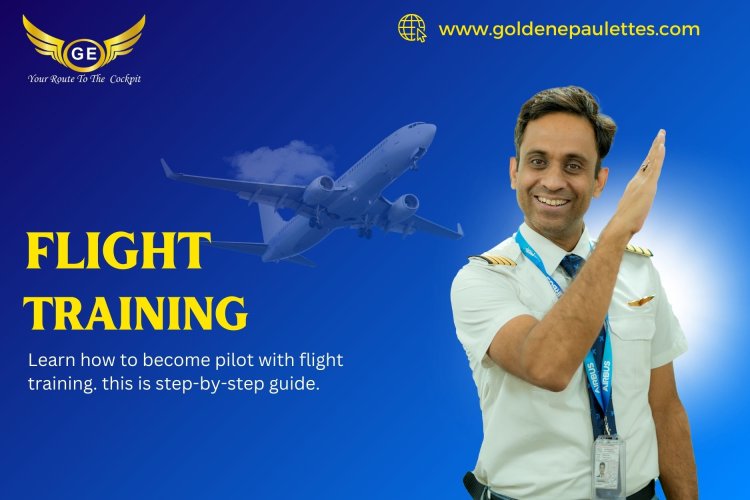The Role of Flight Simulators in Flight Training
Flight simulators play a crucial role in modern flight training, offering a safe and controlled environment for pilots to practice and refine their skills.

The Role of Flight Simulators in Flight Training
Flight simulators play a crucial role in modern flight training, offering a safe and controlled environment for pilots to practice and refine their skills. These sophisticated tools replicate a wide variety of flight conditions, scenarios, and aircraft systems, providing invaluable experience without the risks and costs associated with actual flight. From initial training to advanced maneuvers, flight simulators allow pilots to gain essential experience and improve their performance in different conditions.
1. Introduction to Flight Simulators
In flight training, simulators are used to complement real-world flying experiences. Flight training introduces students to the basics of flight simulators, which range from simple desktop versions to full-motion simulators that replicate the cockpit of various aircraft. These simulators are equipped with realistic controls and instruments, giving students the chance to practice flight procedures, navigate airspace, and deal with in-flight emergencies.
Simulators help students gain confidence by allowing them to practice flight maneuvers and procedures without the pressure of being in the air.
2. Practice in Various Flight Scenarios
One of the key advantages of flight simulators is their ability to replicate various flight scenarios that might be difficult, dangerous, or costly to practice in real life. Flight training programs use simulators to simulate a range of conditions, including weather-related challenges like turbulence, fog, and thunderstorms. Pilots can practice flying in low visibility or dealing with adverse weather without the risks of actual flight.
Simulators are also invaluable for practicing emergency scenarios, such as engine failures, system malfunctions, and other critical situations. Students can safely rehearse these emergencies and learn how to respond quickly and correctly, which is vital for building confidence and competence.
3. Cost-Effective Training Tool
Flight simulators offer a cost-effective way for pilots to log training hours. Flight training uses simulators to help students develop and refine their skills without incurring the significant costs of flying a real aircraft. Since simulator time is typically less expensive than actual flight time, students can afford to practice more often, which accelerates their learning and proficiency.
Simulators also provide a controlled environment where instructors can easily introduce different variables, allowing students to work through challenges they may not encounter during a typical flight lesson.
Conclusion
Flight simulators are an integral part of modern flight training, offering a safe, cost-effective, and flexible way for students to practice and refine their skills. Through flight training programs, students gain valuable experience in a variety of scenarios and conditions, preparing them for real-world flying. By providing an opportunity to practice emergency procedures, refine flight maneuvers, and develop confidence, simulators are essential for producing safe and skilled pilots.
What's Your Reaction?

















.jpg)
